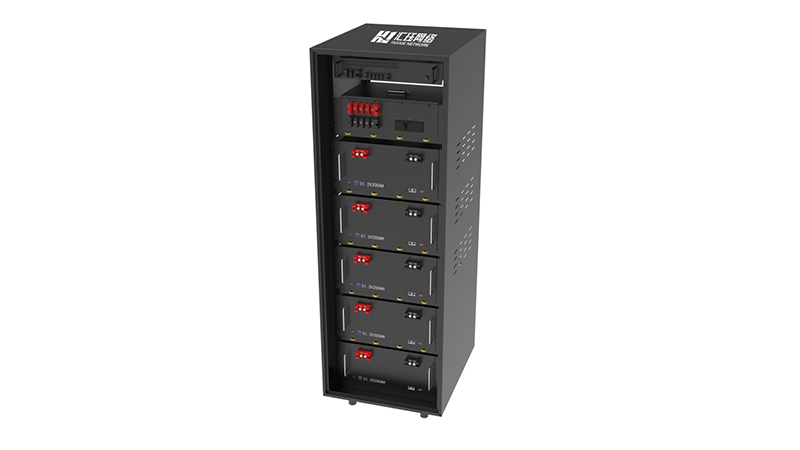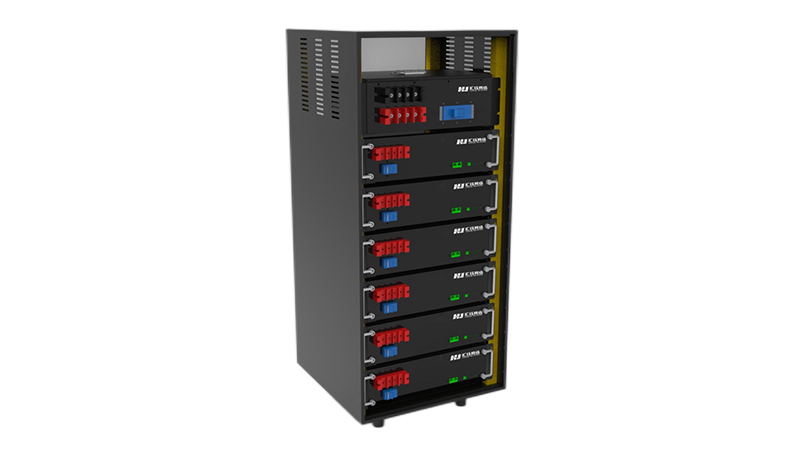
The concept of three-phase electricity
When the coil rotates in the magnetic field, the wire cuts the magnetic field line to generate an induced electromotive force, and its change rule can be expressed by a sinusoidal curve. If we take three coils and place them at an angle of 120 degrees in space, the three coils still rotate at the same speed in the magnetic field, and three induced electromotive forces with the same frequency will be induced.
Since the three coils are 120 degrees apart in space, the current generated is also a three-phase sinusoidal change, which is called a three-phase sinusoidal alternating current. Industrial electricity uses three-phase electricity, such as three-phase AC motors.
The voltage between any two phases is 380VAC, and any phase-to-ground voltage is 220VAC. Divided into A phase, B phase, C phase. The lines are represented by L1, L2, and L3. (Three-phase alternating current also has 660VAC and 6000VAC power supply due to different purposes).

A generator that can generate potentials with equal amplitude, equal frequency, and 120° phase difference is called a three-phase generator; a three-phase generator is used as a power source, which is called a three-phase power supply; a circuit powered by a three-phase power supply is called a three-phase generator. phase circuit. U, V, and W are called three-phase, and the voltage between the phases is the line voltage, and the voltage is 380V. Between the phase and the center line is called the phase voltage, and the voltage is 220V.
What is the difference between three-phase electricity and two-phase electricity?
Note: only single-phase electricity and three-phase electricity. There is no such thing as two-phase electricity.
One live wire and one neutral wire are single phase 220 volts. Most household lighting appliances use this input wiring method.
The two live wires are single-phase 380 volts. BX series welding machines, resistance series welding machines and current inverter DC dual power supply welding machines mostly use this input wiring method. Three-phase 380 volts, if one phase is missing, it is single-phase 380 volts. It cannot be called two-phase electricity.
The three live wires are three-phase 380 volts. Motors and most 380V electrical appliances mostly use this wiring method.
Three-phase electricity is three phase wires, and the voltage between the three wires is 380v, which is used for three-phase power supply equipment, such as three-phase motors; two-phase electricity is two phase wires, and the voltage between the wires is also 380v, generally AC Welding machines are used more; single-phase electricity is composed of a phase line and a neutral line, and the voltage is 220v, which is mainly used for household appliances. (To learn power technology, please pay attention to the WeChat public account: Communication Power Man)
A generator that can generate potentials with equal amplitude, equal frequency, and phase difference of 120° is called a three-phase generator;
A three-phase generator is used as a power source, which is called a three-phase power supply;
A circuit powered by a three-phase power supply is called a three-phase circuit;
U, V, and W are called three-phase, and the voltage between the phases is the line voltage, and the voltage is 380V;
Between the phase and the neutral line is called the phase voltage, and the voltage is 220V.
The difference between three-phase power supply and single-phase power supply:
The power generated by the generator is all three-phase, and each phase of the three-phase power supply and its neutral point can form a single-phase circuit to provide electric energy for users. Note that it cannot be called the positive pole or the negative pole in the AC circuit here. It should be called the line end (called live wire in civil electricity) and neutral wire (called zero wire in civil electricity).
According to regulations, the neutral point of the 380-volt (three-phase) civilian power supply should not be grounded at the inlet end (grounded at the transformer end, this grounding is to consider that the point that is higher than the power supply voltage cannot be caused by the floating point, There is a certain resistance in the ground between the grounding of the user end and the grounding of the transformer end), the power supply method is a live wire and a neutral wire (neutral point lead-out wire) to form a loop, and the single-phase three-core power jack also There is a ground wire connected.
This is in consideration of the realization of the function of the leakage protector, (the working principle of the leakage protector: if a human body touches the line end of the power supply, that is, the live wire, or the internal leakage of electrical equipment, then the current flows from the live wire through the human body or the electrical equipment shell to the ground , not flowing through the neutral line, the current of the live line and the neutral line will be unequal, and the leakage protector will trip immediately after detecting this part of the current difference to protect the safety of people and electrical appliances. Generally, this differential current is selected at tens of milliamperes), If the neutral point of the power supply is directly grounded (this is not allowed in civil power construction), the leakage protector will lose its function and cannot protect people and electrical equipment from short circuits.



